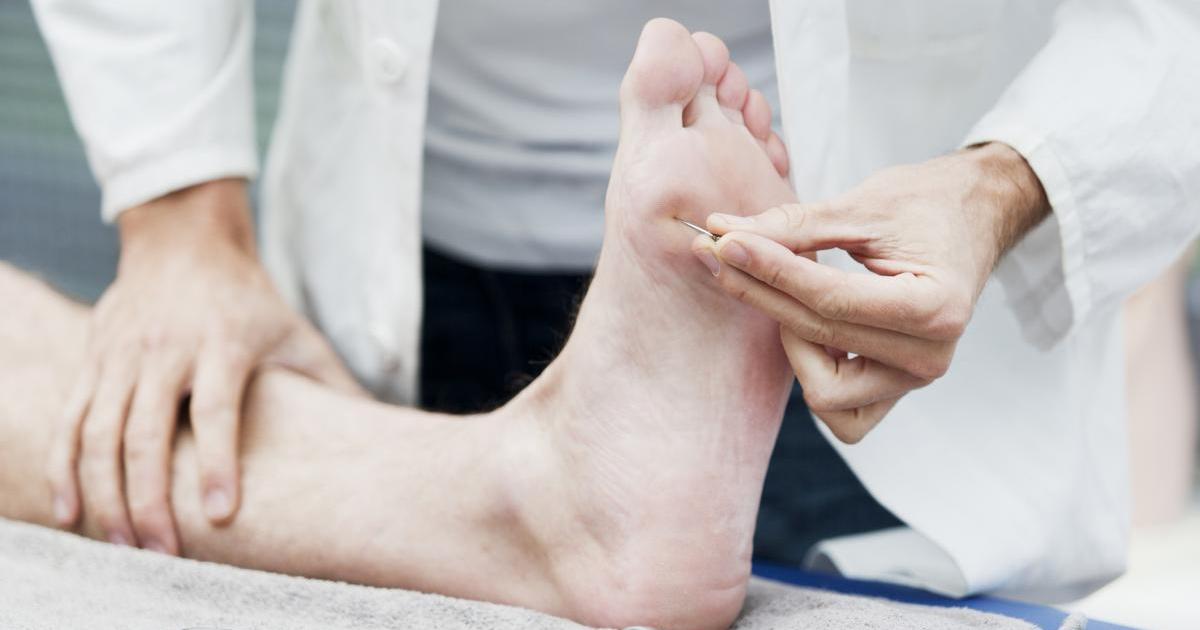Complications Of Lyme Disease
Lyme disease is an infectious disease precipitated by exposure to a type of bacteria referred to as Borrelia burgdorferi. Borrelia burgdorferi is transmitted to an individual through an infected deer tick or black-legged tick bite. If the tick is removed from the body within forty-eight hours of it being attached, Lyme disease is not likely to develop. Symptoms of Lyme disease include neck stiffness, headache, fever, chills, fatigue, joint pain, muscle pain, swollen lymph nodes, rashes, irregular heartbeat, palpitations, numbness, and tingling in the extremities.
A Lyme disease diagnosis is made with the use of a physical examination, medical history, and blood testing. Treatment for Lyme disease may include the use of oral or intravenous antibiotics, including amoxicillin, cefuroxime, and doxycycline. Treatment also focuses on relieving symptoms and preventing complications that may linger after the elimination of the bacteria.
Neuropathy

The Borrelia burgdorferi bacteria are known to hide from and avoid an individual's immune system by moving into the nervous system and joints. When the bacteria move into the nervous system, they can destroy the nerve cells responsible for communicating sensations and coordinating movement between the brain and extremities. Most individuals who experience peripheral neuropathy as a complication of Lyme disease experience symptoms related to altered or lost sensation in the hands and feet, but paralysis and loss of muscle strength in the extremities can also occur.
Symptoms that most individuals who have Lyme disease report having that are related to nerve function in the extremities include tingling sensations, numbness, and loss of control of the limb. Some patients may develop ulcers on their feet as a result of the altered or loss of sensation in the extremities that develops because of the Borrelia burgdorferi bacteria attacking their nervous system.
Chronic Joint Inflammation

Around half of all individuals who become infected by the Borrelia burgdorferi bacteria and develop Lyme disease will experience chronic joint inflammation and the pain that comes along with it. Chronic joint inflammation most often develops months to years after the bite by the tick when the affected individual is in the late disseminated stage or stage three of their Lyme disease. In many individuals, Lyme disease-precipitated arthritis affects joints all over their bodies. However, some individuals may only experience this complication in certain joints, like the knees.
Most types of bacteria have a rigid wall composed of sugars and proteins they can recycle when they divide and grow. However, the Borrelia burgdorferi bacteria are different because they are unable to reuse their walls. Instead, this type of bacteria litters fragments of it into its immediate surroundings. As a result of this mechanism, the bacteria that invade the joints litter these substances, where they build up before the infection is can be identified. The joints become inflamed because the immune system responds to these materials by activating a chronic inflammatory process.
